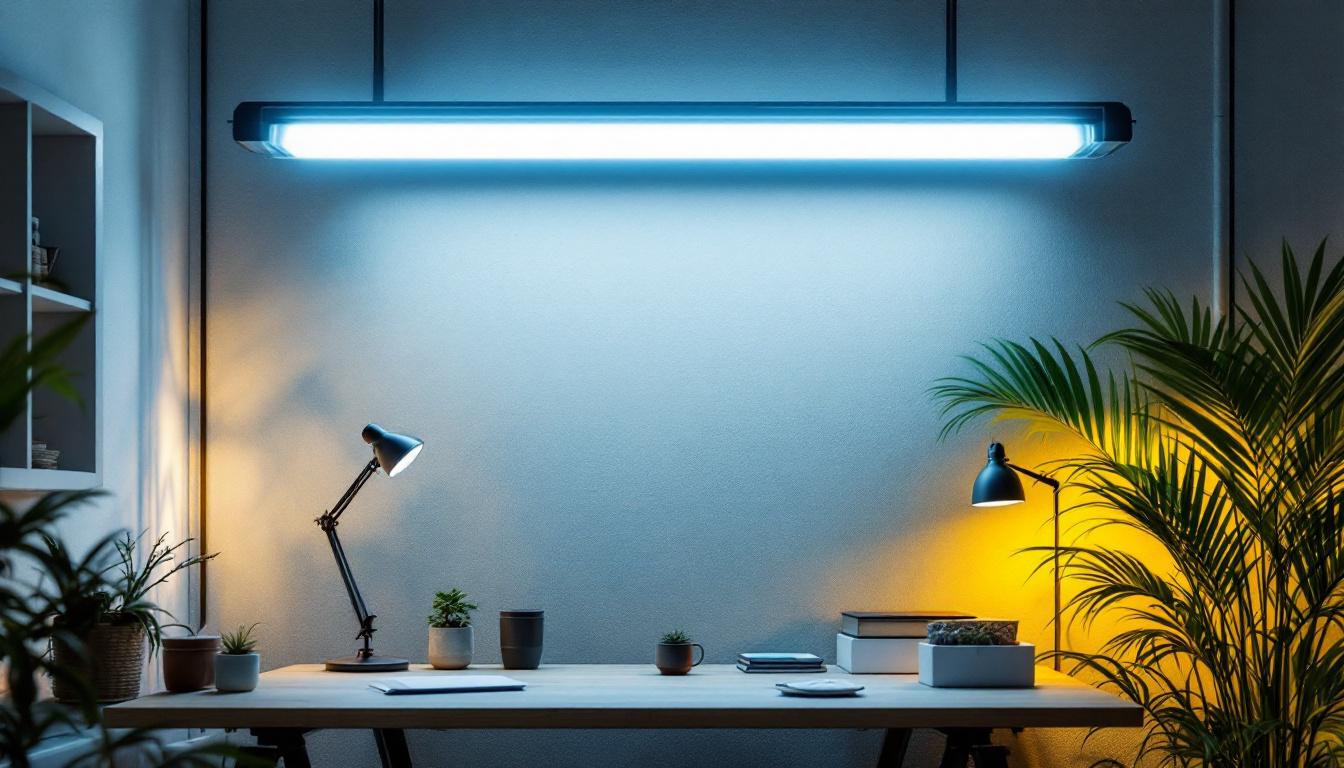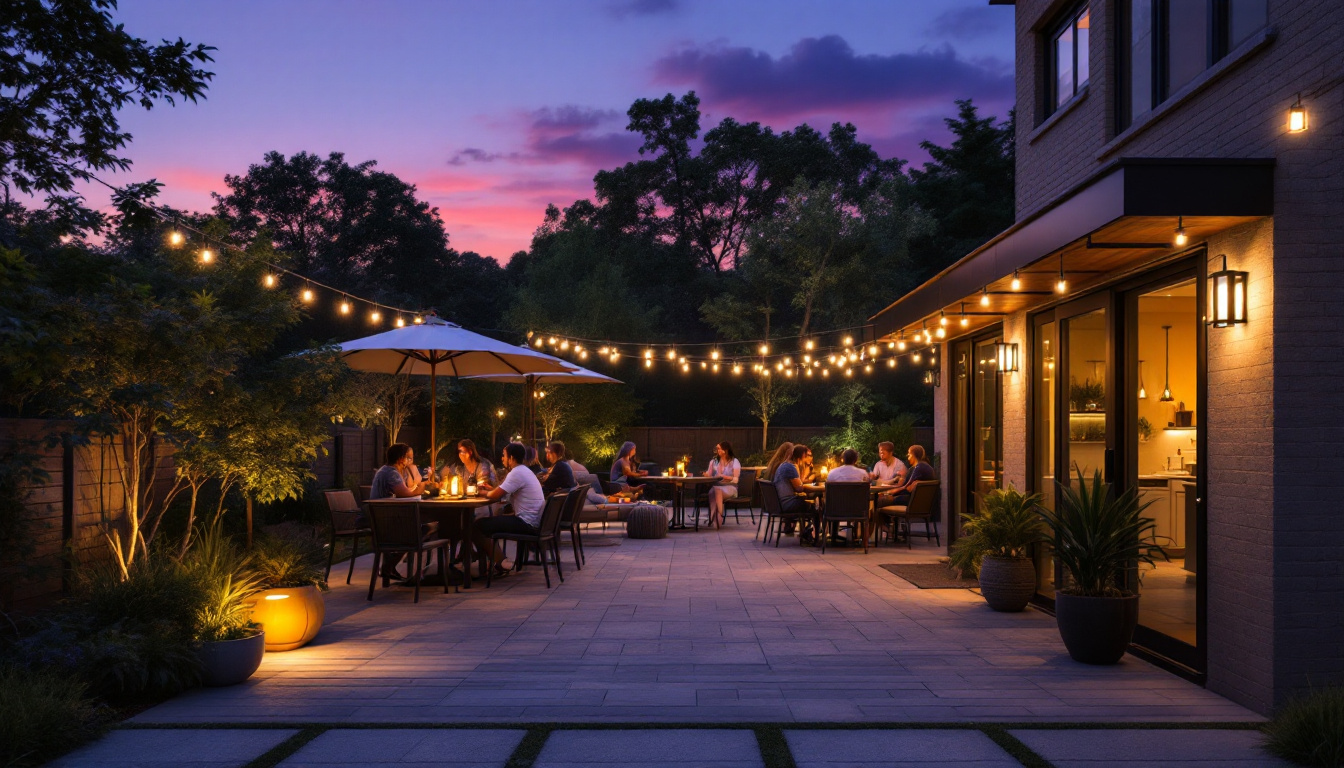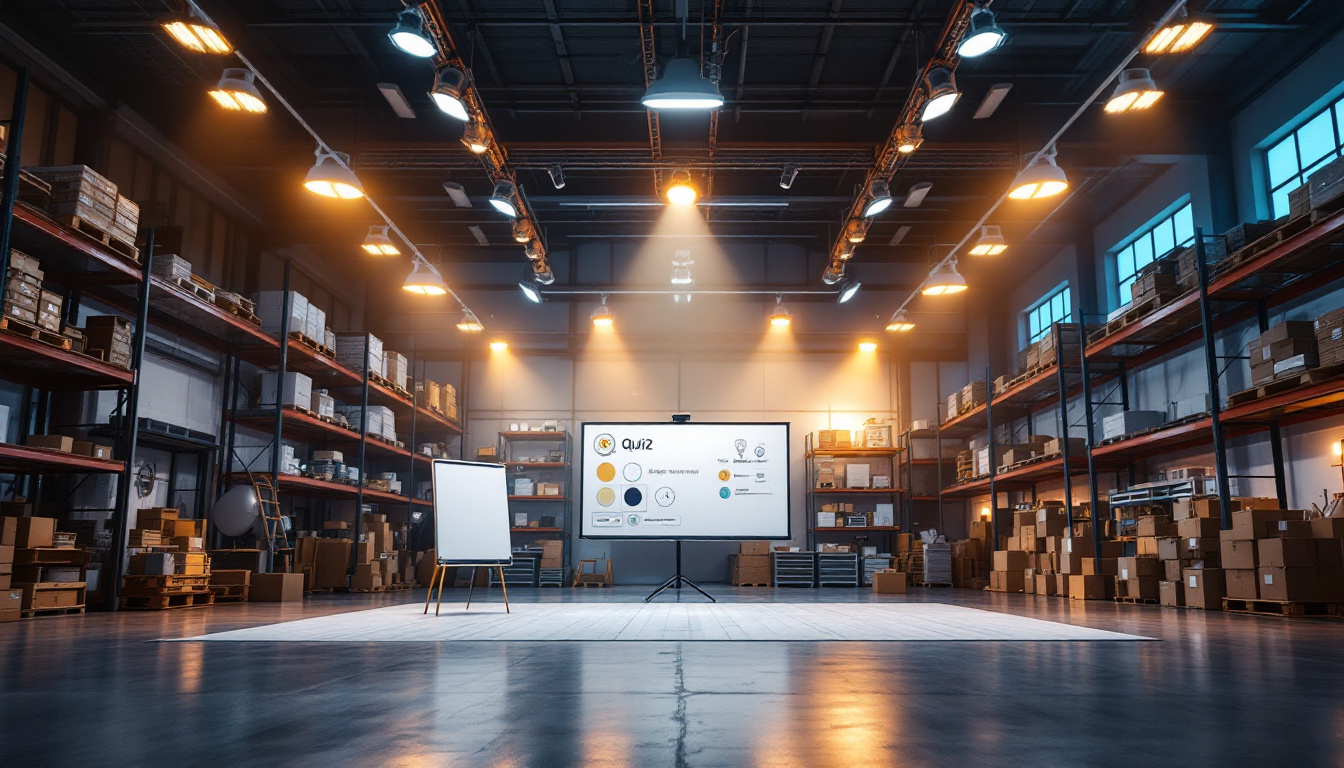
In the world of lighting design, colored lighting has emerged as a transformative element that can enhance the aesthetic appeal of any space. For lighting contractors, understanding and effectively utilizing colored lighting tools is essential for delivering exceptional results to clients. This article delves into the various tools and techniques that can elevate lighting projects, ensuring that contractors remain at the forefront of industry trends.
Colored lighting is not merely a trend; it serves a functional purpose in enhancing mood, creating ambiance, and highlighting architectural features. By manipulating color, lighting contractors can influence how spaces are perceived, making them feel warmer, cooler, more expansive, or more intimate. The psychological effects of color are profound, as they can evoke specific emotions and reactions. For instance, a soft blue light can instill a sense of tranquility, making it perfect for a spa or a bedroom, while vibrant reds and oranges can energize a space, ideal for a gym or a lively restaurant.
Moreover, colored lighting can be instrumental in branding and marketing. Businesses often use specific colors to evoke emotions or convey messages, making it crucial for contractors to understand how to implement these colors effectively in their designs. For example, a restaurant might choose warm hues to create a welcoming atmosphere that encourages patrons to linger, while a tech company might opt for cooler tones to project a modern, innovative image. The strategic use of colored lighting can significantly impact customer perceptions and behaviors, ultimately influencing a business’s success.
Before diving into the tools of colored lighting, it is vital for contractors to grasp the fundamentals of color theory. This knowledge allows them to select the right colors for specific environments and purposes. The color wheel, which illustrates the relationships between colors, can guide contractors in choosing complementary or contrasting colors to achieve desired effects. For instance, pairing a vibrant yellow with a deep purple can create a striking visual contrast that captures attention, while analogous colors like blue and green can produce a harmonious and soothing effect.
Additionally, understanding concepts such as warm and cool colors can help contractors create the right atmosphere. Warm colors like reds, oranges, and yellows can evoke feelings of comfort and energy, while cool colors such as blues and greens tend to promote calmness and relaxation. This understanding extends beyond aesthetics; it can also influence how people interact within a space. For example, in a workspace, a balance of warm and cool lighting can enhance productivity while maintaining a comfortable environment, catering to the diverse needs of employees.
Colored lighting finds its applications in various settings, from residential spaces to commercial establishments. In homes, colored lighting can be used to create cozy atmospheres in living rooms or vibrant energy in entertainment areas. Smart lighting systems allow homeowners to change colors based on mood or occasion, providing flexibility and personalization that enhances the living experience. In commercial spaces, it can enhance brand identity, attract customers, and influence purchasing behavior. Retailers often use colored lighting to highlight specific products or create seasonal displays that draw in shoppers, making the shopping experience more engaging.
Furthermore, colored lighting plays a critical role in events and performances, where it can be used to set the mood, direct attention, and create memorable experiences. Concerts and theatrical productions often rely on dynamic colored lighting to enhance storytelling and evoke emotions, transforming a simple performance into an immersive experience. Understanding these applications allows contractors to tailor their services to meet diverse client needs, ensuring that each lighting design not only serves a functional purpose but also resonates with the intended audience, creating lasting impressions. The versatility of colored lighting is a powerful tool in the hands of skilled contractors, enabling them to craft unique environments that reflect the personality and vision of their clients.
To effectively implement colored lighting, contractors must be equipped with the right tools. These tools not only facilitate the installation process but also ensure that the final outcome meets client expectations. Here are some essential tools that every lighting contractor should consider.
LED strip lights are versatile and popular choices for colored lighting. They come in various colors and can be easily installed in different locations, such as under cabinets, along staircases, or around ceilings. Their flexibility allows for creative designs that can enhance any space.
Additionally, many LED strip lights are programmable, enabling contractors to create dynamic lighting scenes that can change colors or patterns. This feature is particularly appealing for clients looking to add a modern touch to their environments.
Color filters and gels are essential tools for contractors who work with traditional lighting fixtures. These materials can be placed over lights to alter their color output, providing a cost-effective way to experiment with different hues without investing in new fixtures.
Using filters and gels also allows for greater control over the lighting effects, making it easier to achieve specific looks. Contractors should keep a range of colors in their toolkit to accommodate various client requests and design needs.
Smart lighting systems have revolutionized the way colored lighting is controlled. These systems enable contractors to integrate colored lighting with smart home technology, allowing clients to adjust colors and brightness through mobile apps or voice commands.
By offering smart lighting solutions, contractors can enhance the user experience, providing clients with convenience and flexibility. This technology also opens up opportunities for automation, where lighting can change based on time of day or occupancy, further enhancing energy efficiency.
Having the right tools is only part of the equation; understanding how to use them effectively is equally important. Here are some techniques that can help contractors design impactful colored lighting solutions.
Layering light involves using multiple sources of light to create depth and dimension within a space. By combining ambient, task, and accent lighting, contractors can achieve a balanced and visually appealing environment. Colored lighting can be integrated into each layer to enhance the overall effect.
For example, ambient lighting can provide a base layer of color, while accent lighting can highlight specific features or artwork. Task lighting can also incorporate color to create a more engaging workspace. This technique ensures that the lighting design is functional while also being aesthetically pleasing.
Colored lighting can be used strategically to draw attention to specific areas or features within a space. By illuminating focal points, such as artwork, architectural details, or product displays, contractors can guide the viewer’s eye and create a sense of hierarchy within the design.
Using contrasting colors can further enhance these focal points, making them stand out even more. This technique is particularly effective in commercial settings where product visibility is crucial for sales.
In addition to color, the temperature of the light can significantly impact the mood of a space. Contractors should be mindful of the color temperature of their lighting choices, as warmer tones can create a cozy atmosphere, while cooler tones can promote focus and productivity.
By combining different color temperatures within a single design, contractors can create dynamic environments that adapt to various activities and times of day. This approach not only enhances the functionality of the space but also enriches the overall experience for users.
While colored lighting offers numerous benefits, it also presents unique challenges that contractors must navigate. Understanding these challenges can help contractors prepare for potential issues and develop effective solutions.
One of the primary challenges in colored lighting is the variability in color perception among individuals. Factors such as personal preferences, cultural associations, and even the surrounding environment can influence how colors are perceived. This variability can lead to discrepancies between a contractor’s vision and a client’s expectations.
To mitigate this challenge, contractors should engage clients in discussions about color preferences and provide visual aids, such as color samples or mood boards, to ensure alignment. Additionally, testing colors in the actual space before finalizing designs can help achieve the desired outcome.
Another challenge contractors may face is the technical limitations of certain lighting systems. Not all fixtures are designed to accommodate colored lighting, and some may require additional equipment or modifications to achieve the desired effect.
Contractors should stay informed about the latest advancements in lighting technology and be prepared to recommend suitable products that meet client needs. This knowledge can help avoid potential setbacks during installation and ensure a smooth project execution.
As the demand for colored lighting continues to grow, lighting contractors must stay ahead of industry trends and innovations. Continuous education and professional development are essential for maintaining a competitive edge.
Participating in workshops, seminars, and online courses can help contractors expand their knowledge of colored lighting techniques and tools. Staying updated on the latest trends and technologies enables contractors to offer cutting-edge solutions that meet evolving client demands.
Moreover, networking with other professionals in the industry can provide valuable insights and foster collaborations that enhance service offerings. Building relationships with suppliers and manufacturers can also lead to access to new products and innovations.
As sustainability becomes increasingly important in the construction and design industries, lighting contractors should consider eco-friendly options in their colored lighting solutions. LED technology, for instance, is energy-efficient and has a longer lifespan compared to traditional lighting sources.
By emphasizing sustainability in their offerings, contractors can appeal to environmentally conscious clients and differentiate themselves in a competitive market. This approach not only benefits the planet but also enhances the contractor’s reputation as a responsible and forward-thinking professional.
Colored lighting is an essential tool for lighting contractors, offering endless possibilities for enhancing spaces and creating memorable experiences. By understanding color theory, utilizing the right tools, and employing effective design techniques, contractors can deliver exceptional results that meet client expectations.
While challenges may arise in the implementation of colored lighting, staying informed and adaptable can help contractors navigate these obstacles successfully. By investing in education and emphasizing sustainability, lighting contractors can position themselves as leaders in the industry, ready to embrace the future of colored lighting.
Ready to elevate your lighting projects with the vibrant possibilities of colored lighting? At LumenWholesale, we provide lighting contractors like you with the highest quality, spec-grade lighting products at prices that can’t be beaten. Say goodbye to local distributor markups and hello to our extensive selection that meets rigorous industry standards. With free shipping on bulk orders, you can stock up on premium lighting solutions that blend quality, affordability, and convenience seamlessly. Don’t compromise on your lighting needs—choose LumenWholesale for Wholesale Lighting at the Best Value and make every space shine with excellence.

Discover essential information on long tube lights tailored for lighting contractors.

Discover essential strategies for lighting contractors to enhance outdoor patio projects.

Discover the essentials of warehouse lighting with our comprehensive guide on schematic diagrams.

Discover the ultimate guide to LED overhead shop lights tailored for lighting contractors.